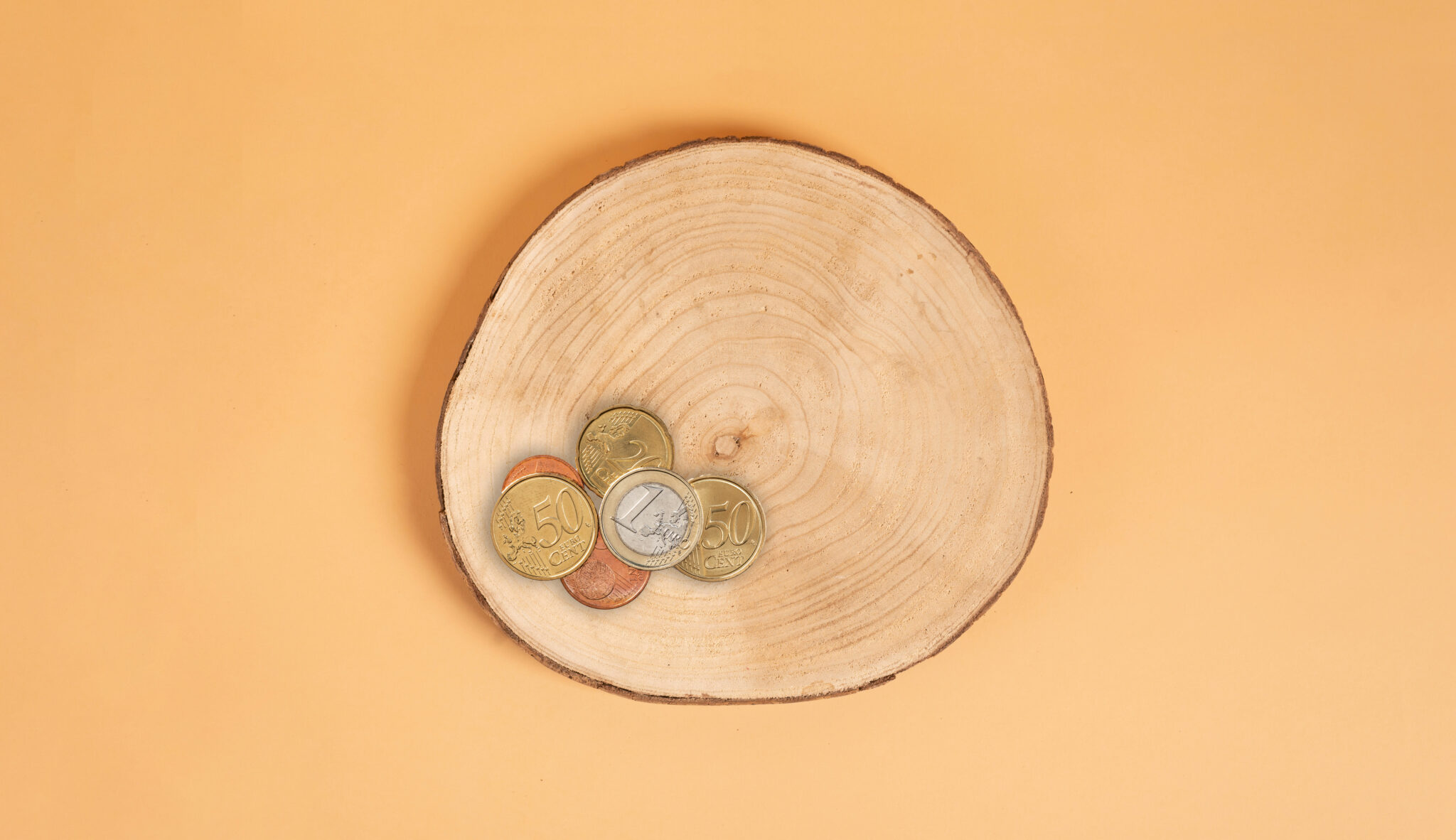Transmission line expropriations are occurring at an accelerating pace, as wind power operators are also expropriating land. Wind farms usually have a connection line to a Fingrid substation.
Wind power operators usually pay more in compensation to landowners than Fingrid.
“We have a public function, regulated by the Electricity Market Act, to keep Finland’s power system running. In principle, the legislation should ensure adequate compensation for landowners. Conversely, wind power operators are business entities, so they can determine compensation themselves,” says Mikko Kuoppala, Senior Expert at Fingrid.
Compensation for loss, damage and harm
Fingrid pays landowners the compensation required by law, as decided upon by an expropriation committee led by the National Land Survey of Finland. Expropriations always involve loss, and damage sometimes occurs.
“Loss, damage and harm are the three factors for which landowners must be compensated,” summarises
Mauri Asmundela, Director at the National Land Survey of Finland.
The quantity and quality of the timber are crucial aspects, and the price per hectare can vary greatly.
When land is expropriated, it can contain any kind of standing timber. The quantity and quality of the timber are crucial aspects, and the price per hectare can vary greatly.
If timber is still in the growth phase, the expected value of the timber is paid. If a sapling stand is expropriated, compensation is paid for the saplings and for the planting and cultivation of them.
“Bare soil is a largely theoretical concept. Simply mentioning this idea tends to distort the amounts of compensation. Each parcel of land must be considered as a whole,” Asmundela emphasises.
The replacement guarantee must also be effective. In other words, the compensation must enable equivalent assets to be acquired to replace the lost ones. The most recent research shows that this is effective, but that research was conducted over 10 years ago.
Asmundela points out that the forest experts at the National Land Survey of Finland constantly monitor price trends and use the latest forest data for many different purposes.
“The market prices of forests and the price per cubic metre of timber have risen. It is a logical trend. Based on constant analysis, it is fair to say that none of the factors has got out of hand,” Asmundela says.







